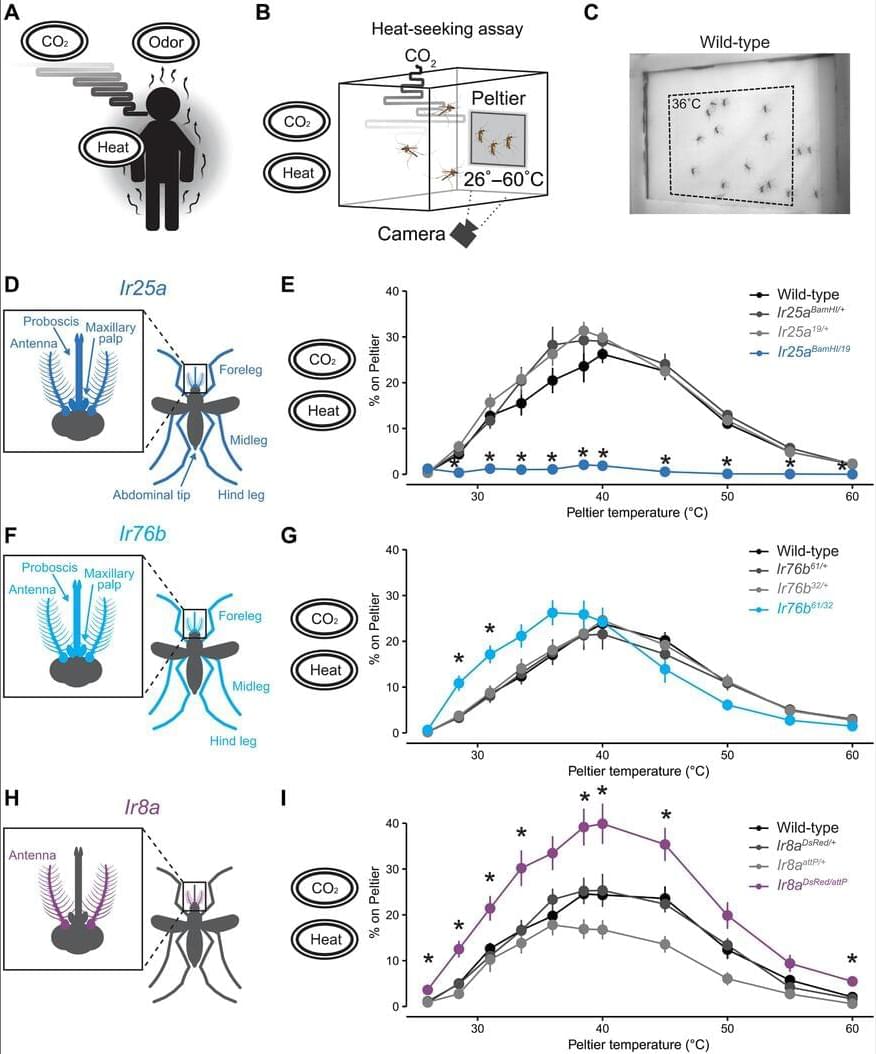Musk’s SpaceX is prepping for its 7th test flight program which is expected to test payload deployment for the first time, carrying 10 mock Starlink satellites.


Initially, union representatives requested new contractual language dictating that automation and semi-automation could not replace a single human worker. While the U.S. Maritime Alliance granted several other requests — including wage increases — this particular demand remains unmet.
This saga encapsulates the media perception surrounding labor and automation. They’re portrayed as opposed contingents, with robots often depicted as threatening the livelihood of the working class. In reality, labor and automation have always had a complex relationship, neither totally in opposition nor totally aligned, and that is likely to continue through 2025. The successful collaboration of robots and labor in the automotive manufacturing industry is instructive and reveals a path forward.
The perceived labor vs. automation debate is one of a few trends that will dominate the robotics industry in 2025. Next year, we’ll also hear much about the importance of human-robot collaboration, market consolidation and the fate of robotics foundation models (RFMs).


Back when the Universe was new, following the Big Bang some 13.8 billion years ago, galaxies took a bit of time to assemble themselves from the surrounding primordial soup.
A new discovery right at the end of the Cosmic Dawn is challenging how long we thought that assembly took. JWST has spotted a huge, ultramassive galaxy as it appeared 12.8 billion years ago, so intricately structured that it can only belong to the most spectacular category of galaxies: the grand design spiral.
The galaxy’s name is Zhúlóng, after the Torch Dragon of Chinese myth, and its discovery has been detailed in a paper uploaded to preprint server arXiv ahead of peer review and publication.

When unable to smell prey, female Aedes aegypti mosquitoes turn to—and upregulate—heat sensors in their legs, new Science Advances research finds.
Fig. 2. Orco mutant mosquitoes display enhanced heat-seeking behavior.
(A) Schematic of female body parts that express Orco. (B) Heatmaps showing mean mosquito occupancy for the indicated genotypes on the Peltier (dotted lines) and surrounding area at indicated Peltier temperature during seconds 90 to 180 of each stimulus period. © Mean ± SEM percentage of mosquitoes of indicated genotypes on Peltier (top) during the 36°C trial (bottom). A 20-s pulse of CO2 was applied at the beginning of each stimulus period. (D) Percent of mosquitoes of indicated genotypes on Peltier during seconds 90 to 180 of stimuli of indicated temperature (mean ± SEM, n = 9 trials per genotype; data points marked with indicate that the mutant differs significantly from all other tested genotypes within each tested temperature at P < 0.05; one-way ANOVA with Tukey’s HSD post hoc test). (E to G) Mean dwell time (E), landing frequency (F), and take-off frequency (G) of indicated genotypes on the Peltier surface during the 36°C trial (n = 9 trials per genotype).



Paint System lets you experience the magic.

A new study from Vanderbilt University Medical Center shows that clinical alerts driven by artificial intelligence (AI) can help doctors identify patients at risk for suicide, potentially improving prevention efforts in routine medical settings.
A team led by Colin Walsh, MD, MA, associate professor of Biomedical Informatics, Medicine and Psychiatry, tested whether their AI system, called the Vanderbilt Suicide Attempt and Ideation Likelihood model (VSAIL), could effectively prompt doctors in three neurology clinics at VUMC to screen patients for suicide risk during regular clinic visits.
The study, reported in JAMA Network Open, compared two approaches—automatic pop-up alerts that interrupted the doctor’s workflow versus a more passive system that simply displayed risk information in the patient’s electronic chart.